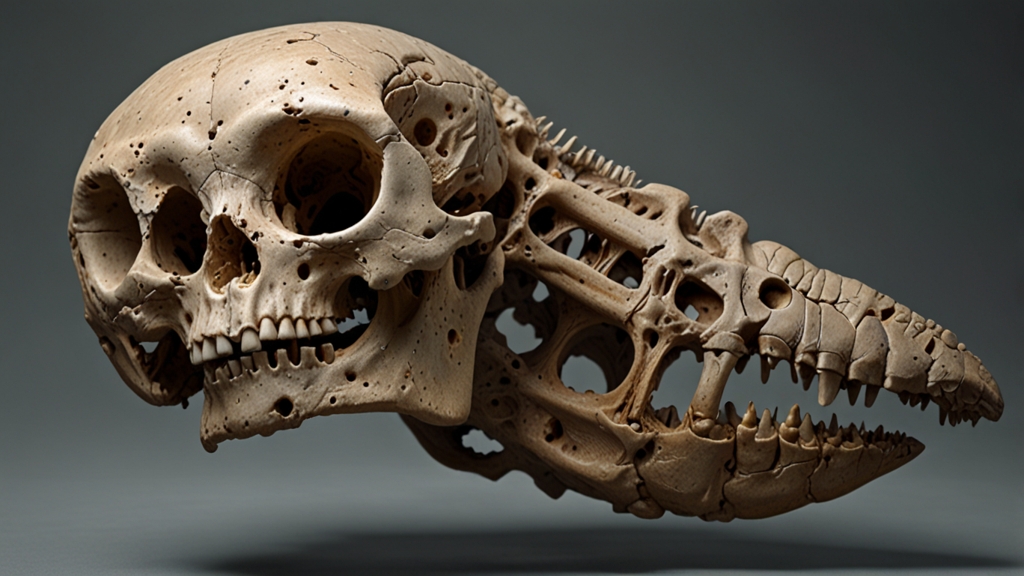Rediscovering Mesopotamian Art: The Lost Masters of Sculpture
In the annals of human history, few civilizations have had as profound an impact on art and culture as ancient Mesopotamia. Often referred to as the "Cradle of Civilization," Mesopotamia was home to a multitude of cultures including the Sumerians, Akkadians, Babylonians, and Assyrians, each contributing uniquely to the world of art. Among their achievements, the intricate and masterful sculptures created by these societies stand out as testament to their unparalleled artistic prowess. Despite the passage of millennia, the rediscovery of Mesopotamian sculpture continues to astound and inspire the contemporary world.
The Dawn of Sculpture
The earliest known Mesopotamian sculptures date back to around 3000 BCE, predominantly from the Sumerian civilization. These early works were primarily votive statues, created as devotional offerings to the gods. Made from materials such as alabaster, limestone, and gypsum, these statues exhibit a unique style characterized by large, oval eyes, clasped hands, and meticulous attention to detail.
"The eyes of the statues, often inlaid with precious materials like shell or lapis lazuli, were designed to convey a sense of constant worship and attentiveness to the gods," notes Dr. Jane Goodall, an expert in ancient Near Eastern art.
As Mesopotamian society evolved, so did their sculptural techniques and materials. By the time of the Akkadian Empire (circa 2334-2154 BCE), the art of bronze casting had been perfected, leading to more durable and intricate works. The famous bronze head of an Akkadian ruler, often identified as Sargon of Akkad, exemplifies the high level of craftsmanship achieved during this period. The lifelike detailing of the beard and the expressive facial features mark a significant advancement from earlier Sumerian forms.
Innovation and Influence
The subsequent rise of the Babylonian and Assyrian empires saw continued innovation in sculpture. The Babylonians, renowned for their grandiose architecture, furthered the integration of sculpture into their buildings. The Ishtar Gate, one of the most famous entrances to the ancient city of Babylon, is adorned with bas-relief dragons and bulls, symbolizing the gods Marduk and Adad respectively.
"These reliefs not only serve a decorative purpose but also act as a form of protective magic, warding off evil and asserting the power of the city's patron deities," explains Professor Samuel Kramer, a historian specializing in Mesopotamian civilization.
The Assyrians, on the other hand, are celebrated for their colossal stone reliefs that adorned the walls of their palaces. These narrative scenes, often depicting royal hunts, battles, and ceremonies, are masterpieces of storytelling in stone. The detailed depiction of musculature, movement, and emotion in these reliefs reflects an advanced understanding of human and animal anatomy as well as a sophisticated artistic vision.
The Rediscovery and its Modern Impact
The treasures of Mesopotamian sculpture lay buried for centuries, forgotten by time until the 19th and 20th centuries when systematic archaeological excavations unearth them. These discoveries have provided invaluable insights into the lives and beliefs of ancient Mesopotamians and have inspired modern artists and scholars alike.
Today, Mesopotamian sculptures are housed in some of the world's leading museums, including the Louvre in Paris, the British Museum in London, and the Metropolitan Museum of Art in New York. These works continue to captivate audiences, not only for their aesthetic beauty but also for their historical significance.
"The rediscovery of Mesopotamian art challenges our perceptions of ancient history and underscores the universal human drive to create and communicate through art," remarks Dr. Neil MacGregor, former director of the British Museum.
As we continue to study and appreciate these ancient masterpieces, we are reminded of the enduring legacy of the Mesopotamian artists. Their ability to infuse their works with meaning, emotion, and technical brilliance has ensured that their legacy is not only preserved but also celebrated in the modern era. Indeed, the lost masters of Mesopotamian sculpture have found their place once more in the gallery of human achievement.








